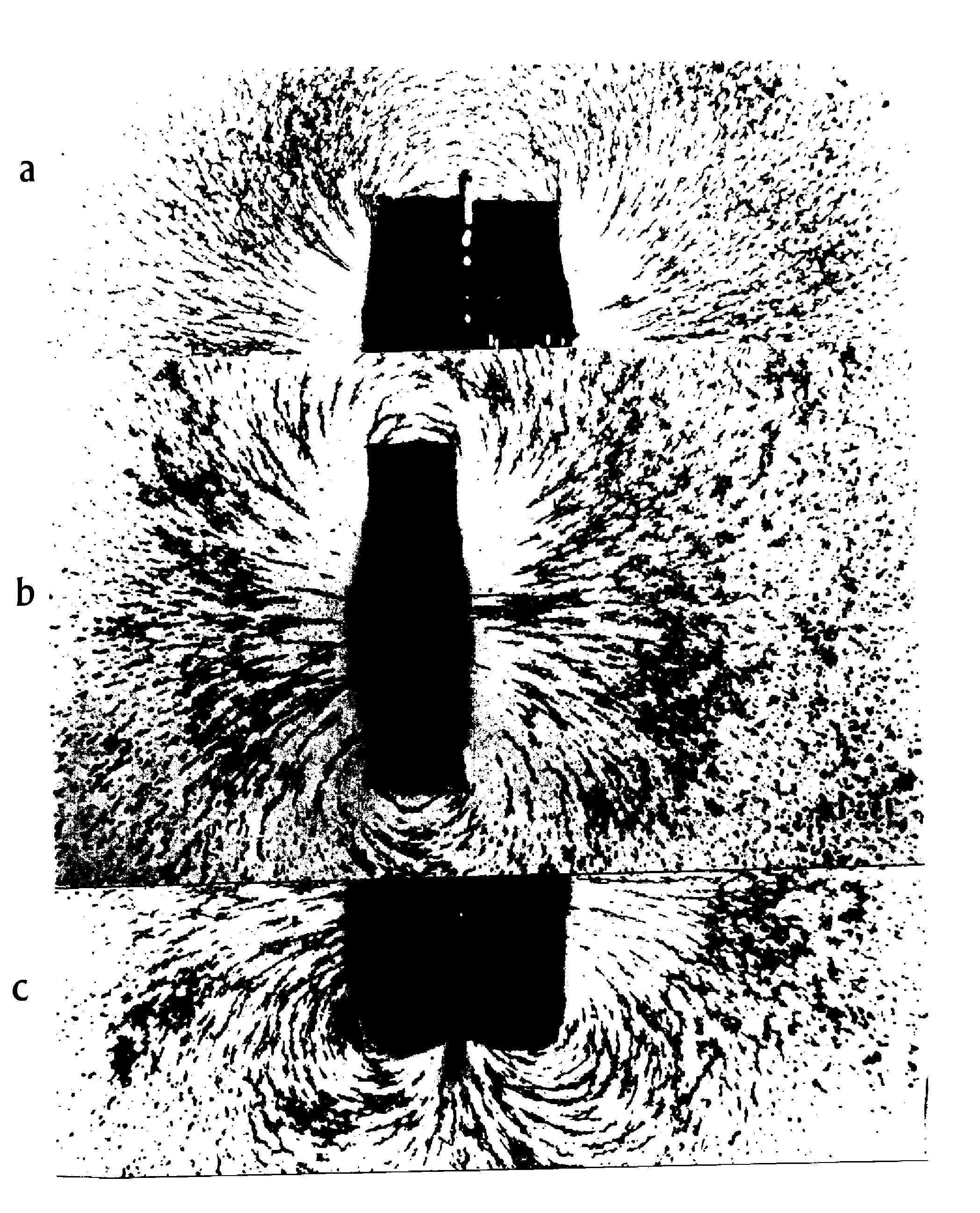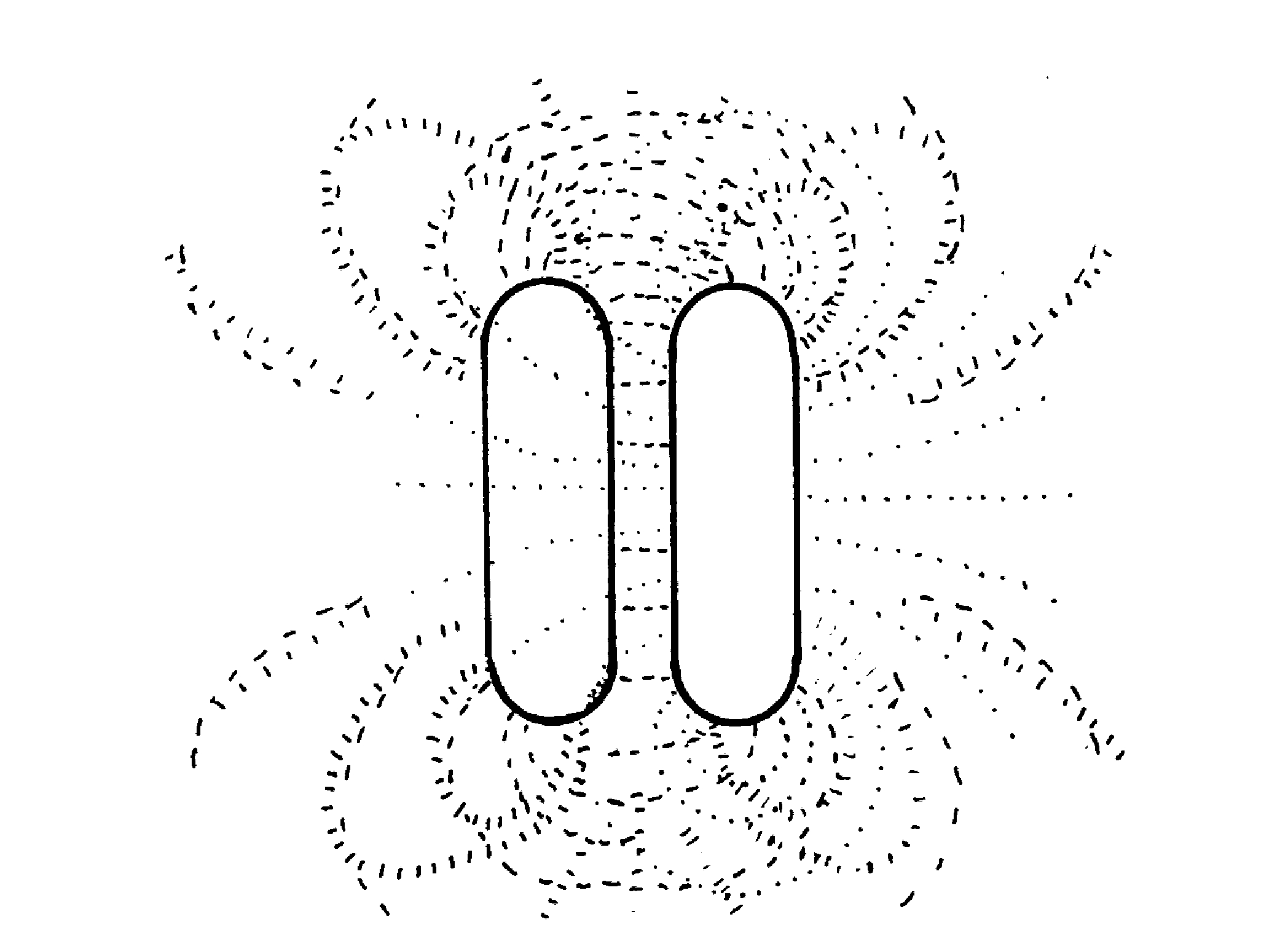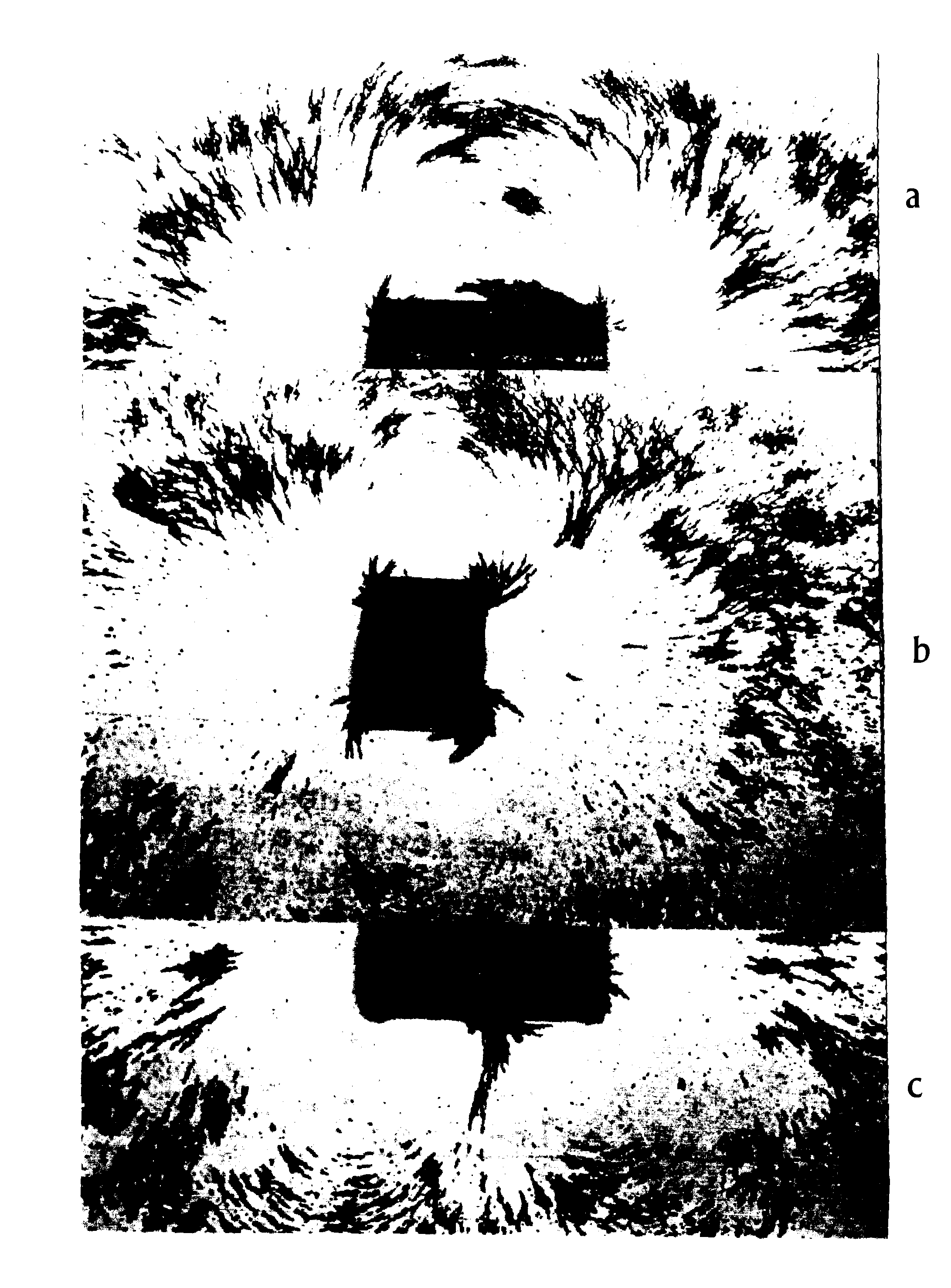
Newton's and Fresnel's Diffraction Experiments
The Continuation of Newton's Diffraction
Experiments
Diffraction of Light at Slit and Hindrance
Interference-Angle Condition, Diffraction and
Imagery
Diffraction One After Another and with
Intermediate Imagery
Diminishing of Frequency of Light after
Diffraction
Inner and Outer Diffraction-Fringes at
Circular Openings
Superposition of Interference and Diffraction
Diffraction Experiments with Inhomogeneous
Illumination
Experiments with Polarized Light at Slit and
Double-Slit
The Background of Diffraction-Figures
Trial for Interpretation of Newton's Diffraction
Experiments
Consequences for Photons out of Newton's
Diffraction Experiments
Consequences for Structure of Electrons out of
that of Photons
The Thermally Conditioned Electromagnetic Field
Diffraction and Light-Emission of Electrons
Energy-Steps of Electrons in Magnetic Eigen-Field
Faraday's Electro-tonic States
Near-Field Optics with Regard to Newton's
Diffraction-Experiments
Consideration of Magnetic Moment of Electron
in Quantum Theories

Faraday's Electro-tonic States
Experimentally is shown that the field-lines of current-carrying coils or permanent-magnets are not only changed between them in case of attraction or repulsion, but also field-lines are shifted at the external ends; in case of attraction to inside and in repulsion to outside. This shift to external edges is to prove with short coils in dependent on the interval of both magnets, with long coils or magnets this effect is only indicated. With this shift of field-lines as lines of force it is possible to establish an effect of force, of course it is unknown what it is, 'the field'.

Figure 1. Images of field-lines of coils in an interval of 12.5 mm,
a: in case of attraction (upper part),
b: field-lines of one coil,
c: in case of repulsion (under part).

Figure 2. Images of field-lines of circle-currents in an interval of 2 mm.
a: in case of attraction (upper part),
b: field-lines of one circle-current,
c: in case of repulsion (under part).

Figure 3. Selected field-lines of circle-currents in an interval of 5 mm,
- - - case of attraction,
. . . only one circle,
| | | case of repulsion.

Figure 4. Images of field-lines of permanent-magnets in an interval of 2 mm,
a: case of attraction (upper part),
b: only one magnet,
c: case of repulsion (under part).
Discussion
These experiments show that the whole field-lines are shifted at a reversion and not only between two coils but also at the exterior ends. Thereby is to consider that field-lines yields out of a sum of circuit-currents or elementary-magnets, therefore this effect is less at long coils or magnets. As already marked, the direction of field-lines is not noticeable dependent on current intensity or magnetization but from the distance of magnets, also at the exterior ends. Otherwise, if one goes out of the idealization those field-lines start from one pole and return to the other, so the field in case of repulsion returns behind the exterior poles. In case of attraction the field run to a sphere before the inner poles.
Out of the appearance of shifting of field-lines or the by them formed tubes, about their focal-point (or corresponding the distance modified centres) as lines of force, the effect of force is to establish if strength of field is respected. Maxwell [5] supposed pressures produced by centrifugal force of vortices of ether.
That in case of normal conducting coils the magnetic moment of electrons are straightened, is not to suppose, for they are submit many impacts. Only magnetic sheets are formed by current-carrying coils. Differently with two super conducting coils. Here a straighten of magnetic moment of circulating electrons is thinkable, by Nieke [9] is formed ever a magnetic moment-sheet.
Hoppe [6] reported that Gilbert considered magnetism as committed vortex-force and accepted only attraction as strive for association, repulsion he discussed as turning. With it the gravity has no exceptional position. Certain Faraday this gave up to preserve the analogy to electrical charge.
The description of the presented experiments by shifting of lines of force gives a possibility of description, a real establishment wrecked for we do not know what it is 'the field'. The presented experiments give to this no additional information. By Faraday [1] the field is a state of tension, by Maxwell [4] a beautiful illustration; by Einstein [7] a constructional speculation. If loosen in pairs: by Hertz electro-magnetic radiation, by Nieke [11] decaying in self-acting photons, . . . .
References
[1] M. Faraday, Philosophical Transactions 173 (1832) 91, Art. 60; Pogg. Ann. Phys. u. Chem. XXV (1832) 91 Zitat S. 110; Experimental-Untersuchungen über Elektrizität. Ostwald's Klassiker Nr. 81, Engelmann, Leipzig 1896, Art. 60 S. 19.
[2] J. C. Maxwell, Transact. Cambr. Phil. Soc. 10 (1855/6) 27; Scientific Papers, Vol. 1, quotation p. 187; ABA Faradays Kraftlinien. Ostwald' Klassiker Nr. 69, Engelmann, Leipzig 1912. Zitat S. 44.
[3] As [2], Scientific Papers p. 187-8; Nr. 69, p. 46.
[4] J. C. Maxwell, Phil. Mag. 4 Ser. 21, (1861) 161; Scientific Papers. Vol. 1, quotation p. 451-452; Über physikalische Kraftlinien. Ostwald's Klassiker Nr. 102, Engelmann, Leipzig 1898, Zitat S. 4.
[5] As [4], Scientific Papers quotation p. 468 and 489; Nr. 102, S. 25 und 54.
[6] M. L. Hoppe, Die Abhängigkeit der Wirbeltheorie des Descartes von W. Hilberts Lehre vom Magnetismus. Diss. Halle 1914.
[7] A. Einstein, The Journal of the Franklin Institute 221 Nr. 3 (1936); Out of my Later Years. Phil. Libr. New York 1950; Aus meinen späten Jahren. D. Verl.-Anst. Stuttgart 1979, S. 82-84.
[8] A. Einstein, Botschaft an die Gedenkfeier aus Anlaß des 100. Geburtstages von H. A. Lorentz (1953); As [7]: Aus . . . S. 228.
[9] H. Nieke, Newtons Beugungsexperimente und ihre Weiterführung. Halle 1997, Comp. Print 1, Arbeit 17. (Vorhanden in vielen Universitätsbibliothken) Newton's Diffraction Experiments and their Continuation. Halle 1997, comp. print 3, paper 17. (Available in some university libraries).
[10] As [9], paper 12.
© 2006 by tediamedia • info@gebeugtes-licht.de